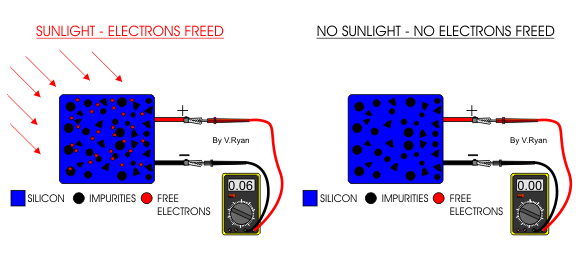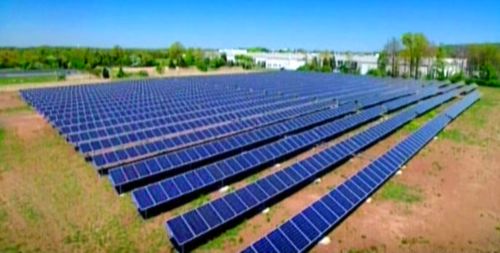Authors till date
Sajan P. Philip (ME Applied Electronics, BIT)
Chithra S (ME VLSI Design, BIT)Daniel Raj (ME VLSI Design, BIT)Deepa Prabha (ME Commmunication, BIT)Karthika S (ME VLSI Design, BIT)Poongodi K (ME Applied Electronics, BIT)
Kannan S (ME Applied Electronics, BIT)
ArunPrasath A(ME VLSI Design,BIT)
Kumar V(ME VLSI Design, BIT)
Kiruthika S (ME VLSI Design,BIT)
Guest Authors
Fema Merin Jacob M.Tech
(Asst. Prof. SNIT, Adoor, Kerala)
Vadivel S ME
(Asst. Prof. KSR COE, Coimbatore, Tamil Nadu)
R. Nirmal Kumar ME
(Asst. Prof. BIT, Sathy, Tamil Nadu)
NPTEL COURSE Materials
A great collection videos and web materials for the Undergraduate and Post Graduate level Electronics students are available from the NPTEL Website.The classes are taken by great professors from various IITs and IISc.
Please CLICK HERE to go the NPTEL E-Learning Website.
Be a Guest Blogger!
If you know the art of explaining the basic concepts of electronics using some illustrations, we welcome you to write in this Blog.
We will provide your Bio above the post with the link to your Blog/Website. If you are interested, send your E-mail ID and details in the Feed Back form given at the Bottom. Please mention your E-mail in "Message"
Save also.
Why Animations?
If a picture is worth 1024 words, how many words if it moves?


Great post explaining how it works, and easy to follow for once. Most drawings of PV usually look like a mess with all sorts of batteries transformers and wires.
ReplyDelete-Sharone Tal
Solar NJ
Finally I have found something which helped me. Appreciate it!
ReplyDeletesolar pv technology
Great blog, thank you for sharing information
ReplyDeleteSolar Shingles
Solar Panels In Las Vegas Nv
Very useful post . I have got very good information about photovoltaic cells .
ReplyDeleteInteresting breakdown! Many people confuse photovoltaic cells with solar panels, so your explanation helps. I’ve seen how AmWire's photovoltaic cables play a big role in improving efficiency for these systems good wiring really makes a difference in energy output.
ReplyDelete